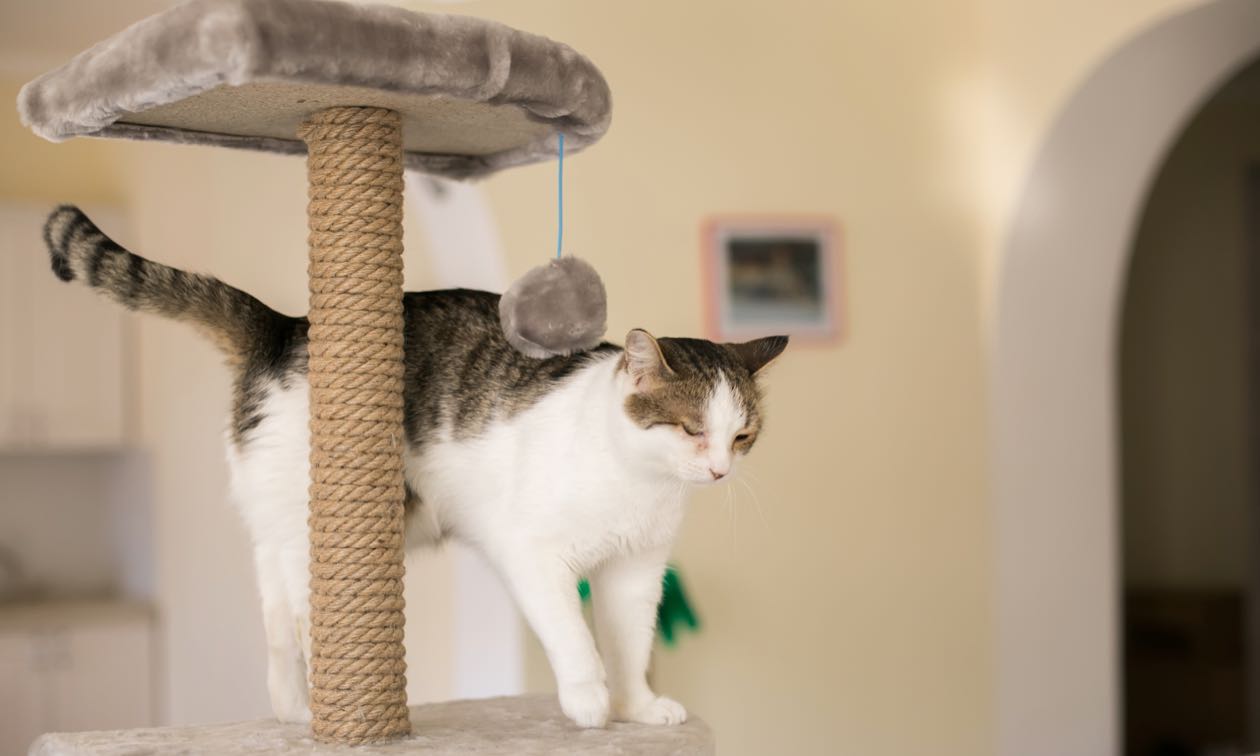
Cat furniture is an essential element in creating a comfortable and enriching natuurmuseum environment for indoor cats. These specially designed items serve multiple purposes—they provide places for cats to scratch, climb, rest, hide, and observe their surroundings. Since domestic cats retain many of their natural instincts, including climbing and territory-marking, having proper cat furniture can help satisfy those needs while preventing damage to household items like sofas, curtains, and carpets. From simple scratching posts to elaborate cat trees and wall-mounted shelves, cat furniture enhances a cat’s quality of life and contributes to their physical and mental well-being.
The Importance of Dedicated Spaces for Cats
Cats are territorial animals that feel more secure when they have specific areas they can claim as their own. This is especially important in multi-pet or multi-cat households where competition for space can lead to stress or aggression. Cat furniture provides individual spots for rest and play, allowing cats to express their natural behaviors in a safe and appropriate manner. Elevated perches give cats a vantage point to survey their environment, which helps them feel in control and less anxious. Hidden compartments or enclosed cubbies offer a sense of security and can serve as retreats when a cat wants solitude or rest.
Physical Health and Exercise
Cat furniture also plays a crucial role in promoting exercise, particularly for indoor cats who may lack opportunities for physical activity. Multi-level structures encourage jumping, climbing, and stretching, which help maintain muscle tone, joint flexibility, and cardiovascular health. Providing climbing options also stimulates a cat’s natural hunting instincts and prevents obesity by promoting movement throughout the day. For kittens and younger cats with high energy levels, cat trees and towers become a safe outlet for play, reducing the likelihood of destructive behavior due to boredom.
Mental Stimulation and Enrichment
Enrichment is key to a cat’s happiness, and furniture that includes features like tunnels, dangling toys, or puzzle elements can keep cats mentally stimulated. Cats thrive in environments that challenge their minds and allow them to explore and interact with their surroundings. Changing the position of furniture, adding new elements, or rotating toys on cat structures can keep things interesting and engaging. Mental stimulation not only keeps a cat entertained but also helps reduce anxiety, prevent depression, and manage stress-related behaviors.
Types of Cat Furniture
Cat furniture comes in a wide range of designs, sizes, and materials to suit different types of cats and living spaces. The most common items include scratching posts, cat trees, shelves, hammocks, and window perches. Each serves a specific purpose and caters to different feline preferences. Scratching posts, often covered in sisal rope, allow cats to sharpen their claws and mark territory. Cat trees combine scratching surfaces with platforms, hiding spots, and toys to create a full play and rest area. Wall-mounted shelves and steps are great for active climbers and for homes with limited floor space. Window perches give cats the joy of watching the outdoors while basking in sunlight.
Choosing the Right Furniture for Your Cat
When selecting cat furniture, it’s important to consider your cat’s size, age, and behavior. Large or heavy cats require sturdy, stable furniture with broad platforms, while kittens may prefer smaller items with built-in toys. Senior cats might need lower platforms or ramps to accommodate limited mobility. If your cat enjoys scratching, a tall and robust scratching post will satisfy that urge. Cats that prefer to hide will appreciate covered cubbies or enclosed beds. Observing your cat’s habits can guide you toward the best furniture options, making it more likely that your cat will use and enjoy them.
Placement and Integration into the Home
Proper placement of cat furniture can significantly influence how much your cat uses it. Cats often prefer to be near windows, quiet corners, or places where they can observe household activity without being in the center of it. Positioning a cat tree near a window provides visual entertainment and natural light. Shelves or wall units should be placed in a way that allows easy access and safe movement. In small apartments, multi-functional furniture that blends with home decor—such as cat beds integrated into end tables or modern scratching posts that double as art pieces—can be both space-efficient and stylish.
Encouraging Your Cat to Use the Furniture
Sometimes cats may ignore new furniture if they are unfamiliar with it or don’t immediately see its benefit. To encourage use, it can be helpful to place familiar items like blankets, toys, or even a bit of catnip on the furniture. Positive reinforcement, such as praise or treats, can also motivate a cat to explore and accept new spaces. Patience is key, as some cats take time to adjust to changes in their environment. With consistency and encouragement, most cats will begin to use and enjoy their furniture regularly.
Maintenance and Cleaning
Keeping cat furniture clean and in good condition is essential for hygiene and usability. Hair, dander, and litter particles can accumulate on surfaces, especially soft or carpeted areas. Regular vacuuming or brushing helps keep these items clean and pleasant for your cat. Scratching surfaces, particularly those made of rope or cardboard, should be replaced when they become too worn. If a piece becomes damaged or unstable, it should be repaired or replaced to avoid injury. A well-maintained cat furniture setup contributes not only to the cat’s health but also to the cleanliness of the home.
